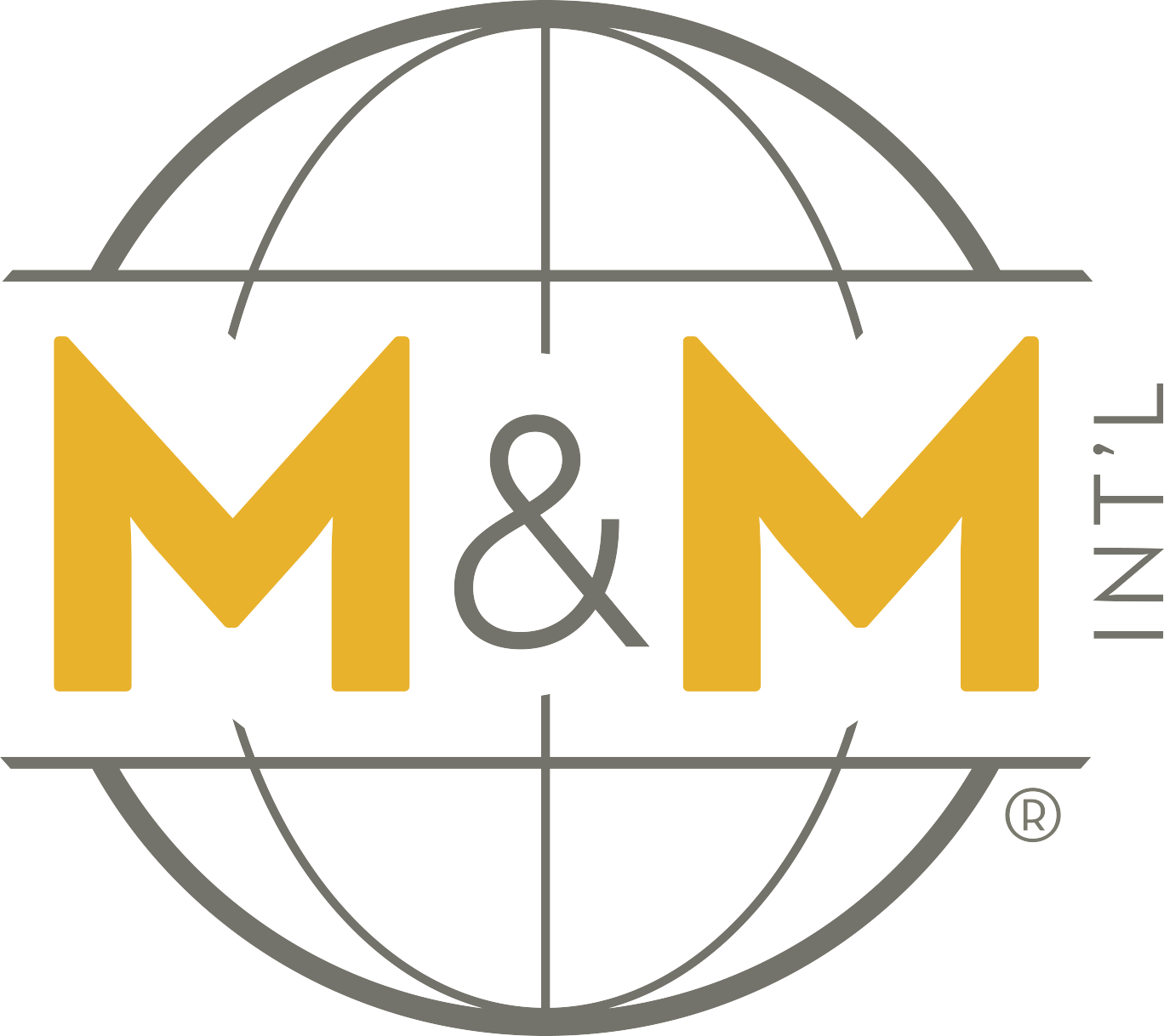CNC Machining
M&M International
What is CNC Machining?
CNC machining, or Computer Numerical Control machining, is an automated process that uses computerized technology to shape parts by removing material from a workpiece. It converts digital models into computer instructions that guide machining tools for precise results.
CNC machining works with various materials, including metals, wood, and stone, and varies in machine tool sizes. Known for its efficiency, precision, and versatility, it is widely used across industries.
Developed in 1949 by John Parsons at MIT for the US Air Force, the technology was enhanced by Richard Kegg in 1952, leading to CNC milling machines. Initially using punched tape, CNC machining evolved with digital computing in the 1960s, transforming the industry with computerized controls.
How Does CNC Machining Work?
CNC machining depends on computer programs to outline the process by which machine tools operate. Users interact with the system through Computer-Aided Design (CAD) and Computer-Aided Manufacturing (CAM) software.
CAD software generates detailed 2D and 3D models of the parts to be machined, providing a precise blueprint of the desired final product. CAM software performs the necessary calculations to most efficiently remove material from the workpiece, ensuring it matches the specifications and appearance of the CAD-created design.
The integration of CAD/CAM software allows for a seamless transition from digital model to physical part, enhancing accuracy and efficiency in the machining process.
CNC Manufacturing
Engineering provides the foundational knowledge and skills that are essential for the effective use and advancement of CNC machining.
The Role of Engineers In CNC Machining
From the initial design and material selection to process optimization and quality control, engineers play a critical role in ensuring that CNC machines produce precise, high-quality components efficiently.
- Design and Development: Using CAD software, they create precise 3D models essential for CNC machines. They also select appropriate materials based on properties and application needs.
- Manufacturing Process Planning: Engineers convert CAD models into CNC programs with CAM software, choosing tool paths and machining strategies. They also design custom tools and fixtures for secure and accurate machining.
- Mechanical Analysis: Simulations for stress, strain, and thermal analysis help engineers design components that meet safety and performance standards while maintaining part quality.
- Precision and Accuracy: Engineers specify tolerances and establish quality control standards to ensure parts fit and function correctly, programming CNC machines to achieve these specifications.
- Process Optimization: Continuous improvements in efficiency, cycle time, and tool life, along with cost reduction strategies, are driven by engineers analyzing and adjusting machining operations.
- Innovation and Development: Engineers integrate new technologies like advanced tool materials and high-speed machining, aiming for sustainability by minimizing waste and improving energy efficiency.
- Interdisciplinary Collaboration: Engineers collaborate with other disciplines to develop advanced CNC systems and ensure seamless technology integration.
CNC Machine Quality Control Inspection
Engineers are integral to CNC machine quality control inspection. They establish precise tolerance specifications, perform stress and strain analyses, and create detailed inspection procedures.
Engineers also calibrate machines, verify dimensional accuracy, and conduct thorough quality checks to ensure parts meet the required standards. Their expertise ensures CNC machines operate efficiently, producing high-quality components consistently.
Different Types of CNC Machines
A CNC machine is not a singular entity, but rather a collective term encompassing various types of machines that utilize Computer Numerical Control technology to perform precise machining operations.
These machines are diverse in their capabilities and applications, each specializing in different processes tailored to meet specific manufacturing needs. Some of the most widely recognized CNC machining operations include
Mills
These machines use rotary cutters to remove material from a workpiece, achieving complex shapes and designs. They are versatile and capable of handling both simple and intricate milling tasks.
Lathes
CNC Lathes are essential shaping tools employed for machining metals or wood. Operating on a lathe machine involves rotating the workpiece around a central axis while the machining head moves linearly across its surface.
These advanced lathes excel in performing diverse operations like cutting, drilling, sanding, knurling, facing, and beyond, surpassing the capabilities of manual lathes in terms of precision and efficiency.
Plasma Cutters
Plasma Cutters are ideal for cutting through electrically conductive materials. CNC plasma cutting machines use a plasma torch to melt the material and expel it from the cut.
Electric Discharge Machines
Electric Discharge Machines (EDM) use electrical discharges to shape the workpiece. They are particularly effective for intricate designs and hard-to-machine materials.
Water Jet Cutters
Water Jet Cutters harness ultra high-pressure water for cutting operations. Capable of slicing through a variety of materials including metals, alloys, wood, stone, and glass, these machines utilize CNC technology to precisely control the water jet's movement based on programmed instructions.
CNC Machining Industries
CNC machining has become indispensable across a wide array of industries, revolutionizing manufacturing processes with its precision and versatility. From aerospace, oil and gas, and automotive sectors, where complex components demand exacting standards, to medical device manufacturers needing intricate parts, CNC machining ensures consistent quality and efficiency.
The technology's ability to work with various materials, including metals, plastics, and composites, makes it a cornerstone in industries requiring high-performance solutions.
Applications of CNC Machining
- Marine: Production of marine engine components, propellers, hull fittings, and navigation equipment that withstand harsh marine environments.
- Industrial Equipment: Creating parts for industrial machinery, pumps, valves, and automation equipment requiring durability and high-performance standards.
- Tooling and Mold Making: CNC machining is used extensively in creating molds, dies, and tooling for injection molding, casting, and stamping operations.
- Architectural and Artistic Applications: CNC machines are used for architectural elements, sculptures, and artistic installations that require intricate designs and precise detailing.
- Consumer Goods: Manufacturing of customized components for appliances, furniture, sporting goods, and other consumer products where aesthetics and functionality are critical.
Have questions about CNC Machining?
Reach out to us directly with any questions you may have. We will be happy to help!


